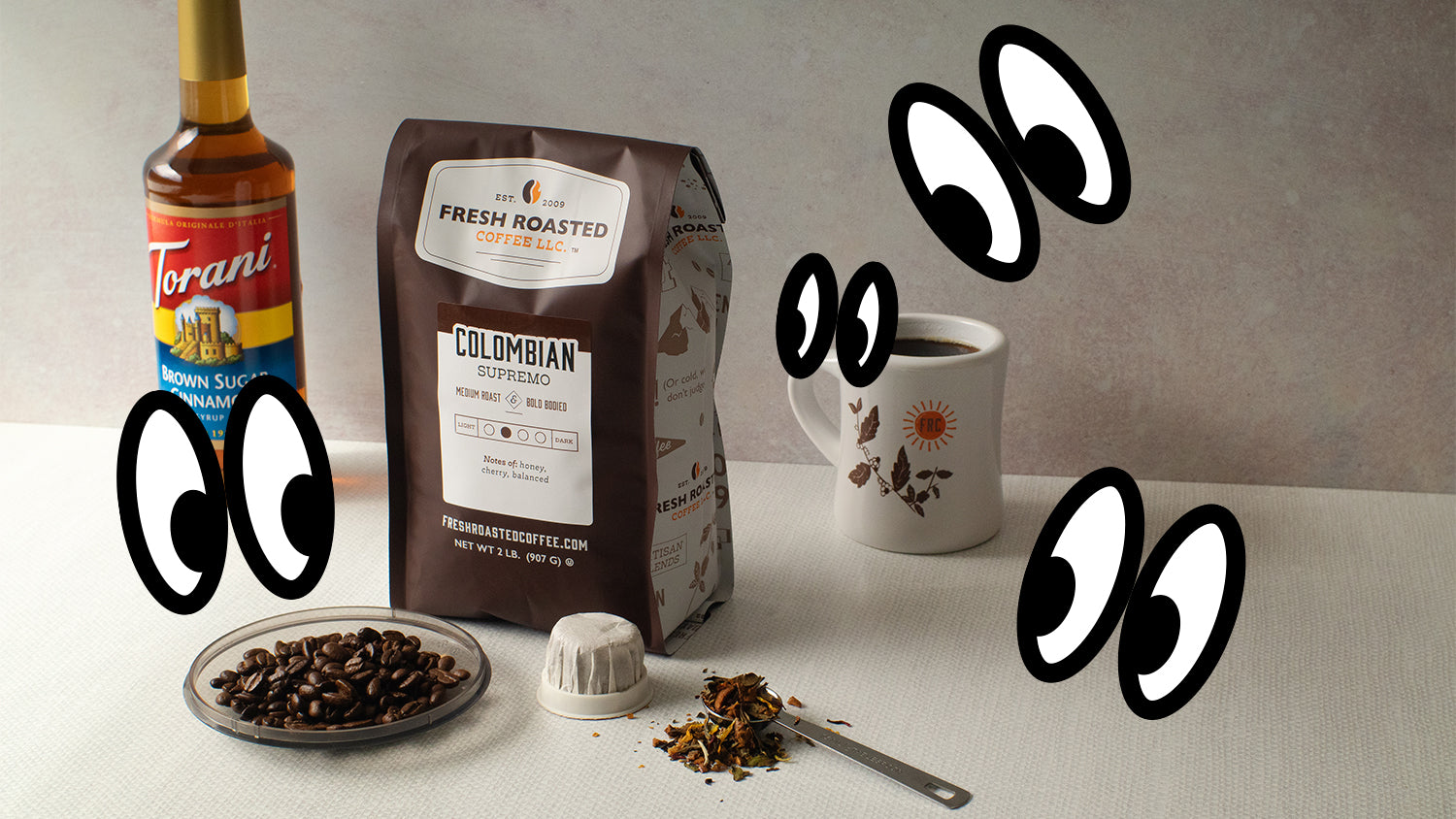Sidra Coffee, Anaerobic Fermentation, and Attracting Wholesale Customers

-
What is Sidra coffee?
By Alex Bidstrup for Perfect Daily Grind“While the variety itself is not especially well known, it is becoming increasingly prominent at [World Coffee Championship] events. […] Initially, it was reported that Sidra was produced by crossbreeding Typica with Bourbon – two high-quality varieties from which many coffee plants today can be traced back to. However, recent findings from World Coffee Research found that Sidra may have been developed using Ethiopian heirloom varieties – an overarching term used for the many wild or genetically unidentified varieties which are native to the East African country.”
continue reading -
What Does Anaerobic Fermentation Mean for Coffee?
By Liz Clayton for Sprudge“In anaerobic processing, a producer has specifically deprived the coffee’s surrounding environment of oxygen during the fermentation stage, which can have unique effects on its ultimate flavor profile. Deprivation of oxygen can happen within a bag, vat, or other container that limits oxygen’s ability to reach the coffee as it ferments.”
continue reading -
How can coffee roasters attract new wholesale customers?
By Rob Bathe for Perfect Daily Grind“Although a large majority of a roaster’s sales come from ecommerce platforms and in-store purchases of retail coffees, many roasters also have partnerships with wholesale clients who buy larger volumes of roasted coffee. These are often coffee shops and other businesses which serve coffee beverages. In many cases, these customers are one of the most effective ways to quickly generate revenue and improve profitability. However, working with wholesale customers comes with its own unique set of challenges – often forcing roasters to quickly adapt to their needs and demands.”
continue reading

Leave a comment